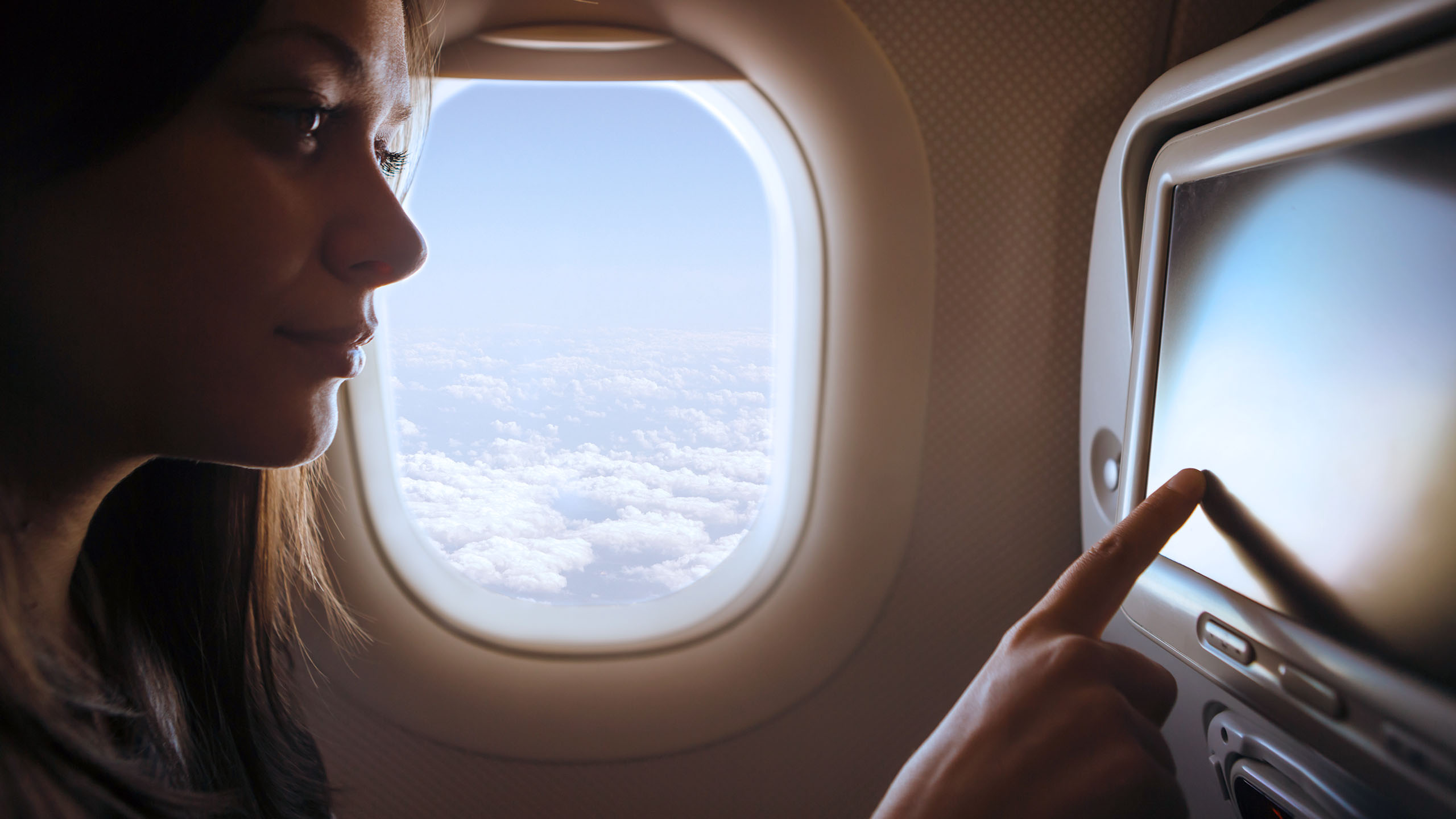The past decade of inflight entertainment and communications (IFEC) has seen dramatic improvements, but the content experience for both passengers and airlines has become somewhat stagnant and outdated.
That's all about to change.
The inflight entertainment industry is making a lot of exciting moves in live and near-live media. These changes include faster content availability, closer partnerships with content providers and studios, a greater variety of entertainment, and improved management tools for airlines. What's more, categorizing content by delivery type—live, near-live, and dynamic—is an important step in reimagining the airline industry as a content destination.
Giving Airlines and Passengers More Choice
These delivery changes will give airlines more opportunities to capitalize on their existing IFEC investments—a critical factor as our industry enters the post-COVID recovery phase of global travel.

It's about time, says Dominic Green, Director of Media Services at Panasonic Avionics: "From all sides, people wanted this." Studios and other entertainment partners want increased exposure. Airlines want greater ability to productize content to passengers. Passengers want more content offerings.
Historically, the tasks of selecting, preparing, and loading entertainment content have been slow and manual processes. Files need to be loaded onto individual aircraft. For some airlines, content gets loaded once a month; other airlines have a bimonthly or quarterly cadence. Frequent flyers are often the first to notice a lack of difference in IFEC offerings. These travelers see the same video content every time they fly, giving them the impression the films and television programs are outdated—something that can infer larger negative impressions about an airline. The fact that content can't be uploaded or remotely updated has become a major pain point in our increasingly fast-paced world.
At Panasonic Avionics, we're expanding our content solutions around the existing stricter update schedules. Our live, near-live, and dynamic content services will offer entertainment improvements that passengers throughout the entire cabin will enjoy.
Live Television
Live TV is just that: all the live television programming we love to watch as it's happening on the ground but in the air. Think football games, Olympics semifinals, talent show competitions, and 24/7 news. Live television focuses on content that is best watched simultaneously among friends and family—wherever they may be.
Airlines are excited about this kind of simultaneous broadcast option. At the end of 2019, Emirates simulcasted the BBC's Seven Worlds, One Planet at the same time as its primetime airing, to much fanfare. And during the last FIFA World Cup, football fans on flights around the world tuned in to Sport 24 on their seatback IFEC systems to cheer for their favorite teams.
Near-Live
Near-live focuses on content that still has high value shortly after it originally aired live, and would still engage passengers who did not have the chance to watch it live.
At Panasonic, we're expanding our content solutions around the existing stricter update schedules. Our live, near-live, and dynamic content services will offer entertainment improvements that passengers throughout the entire cabin will enjoy.
A quick point of order: while we still refer to live content as television, we aren't doing the same for near-live and dynamic content. The reason for this wording is that some near-live content may not actually be related to TV at all—think games, music, online shows, esports, etc.
Dynamic
If missing the series finale of a favorite series is enough to give a person travel anxiety, dynamic content is their new best friend. Dynamic is propelled by the ability to add new releases or removing underperforming content without waiting for the next strict cycle update. To passengers, that means getting access to the latest episodes of popular television programs, plus all the video-on-demand content they have come to expect from airlines, and more.
How Are We Able To Do This?
In an age where everyone travels with at least one digital device to consume their favorite programming, Panasonic Avionics knows passengers' expectations of the variety, freshness, and availability of entertainment content has changed dramatically in a very short period of time.
We're phasing in remote uploads and updates to IFEC systems, to be done through our revamped content management department. This department is tailored to airlines' increasingly pressing media needs, for both airlines that are very hands-on with their entertainment strategies—and those that are not.
In fact, we now have the capability to manage an airline's entire IFE offering from beginning to end. We collaborate on a programming strategy and ensure all tasks are completed and deadlines are met. This enables the airline to focus on running the day-to-day business.
As airlines continue their recovery path from the COVID-19 pandemic, IFEC systems will become an integral part of not only generating ancillary revenues, but also comforting passengers as travel beings to resume. Giving passengers the live, near-live, and dynamic content options they want, while allowing airlines more flexibility in how they manage their programming, is a major win-win.



